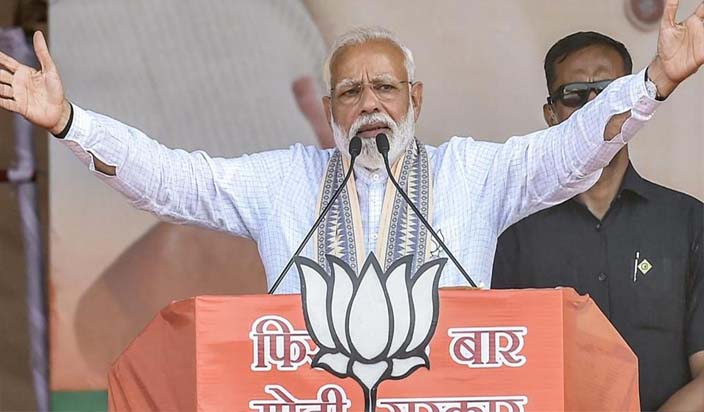After getting re-elected, Prime Minister Narendra Modi has asked all his ministers to submit their plan of action for the next 100 days to account for the promises made in the BJP manifesto. One such important action plan is for the education agenda for the incumbent government. According to the reports, the Modi government hopes to unveil a new national education policy, fill five lakh vacant faculty positions in higher education and add ten institutes to the Institutions of Eminence (IoE) list. While most of the initiatives are planned to build on policies implemented during the previous term, the plan also lists nine priorities for higher education. The initiatives that were taken during the 1st term of the government clearly indicated a push towards privatisation and centralisation of Higher Education in the country and drew a lot of criticism from the academic community and civil society. The initiatives suggested as per the plan of action under NDA II will build on the previous year’s initiative as reported by Indian Express.
As reported by Indian Express, the New Education Policy report will be formally submitted on 31st May after taking two committees and four years to compile it. Along with the New Education Policy report, the government shall also unveil five-year implementation plans focusing on access, quality, excellence, governance systems, research and innovation, employability, accreditation processes, use of technology for education, internationalisation and financing the higher education.
The HRD ministry will resume its work in the areas of introducing Institutions of Eminence and establishing the Higher Education Commission of India that was introduced in the first term of the Modi government. Taking forward the Institute of Eminence initiative, the NDA II government has promised to expand the strength of IoEs to 30. IoEs are expected to break into the international top 100 clubs of academic institutions. The Institution of Eminence scheme, proposed last year, has two classes of institutions – Greenfield and Brownfield institutions. While the Brownfield institutions are those institutions who have been functioning in the field of education for long, Greenfield institutions are the proposed bodies by big industrial houses with credible financial backing to emerge as institutions of world-class standards with an intent to get placed in top 100 universities in the world. The scheme came in question after the Empowered Expert Committee granted Institution of Eminence tag to Jio Institute backed by Reliances Industries, based only on its proposal.
While the Modi government met with opposition from the academic community last year over its decision to replace UGC with a different body, the ministry will make a fresh attempt at it this year. Vehement opposition by the academic circles was based on the proposition that the body is being created to strongarm the higher education institutions who do not fall in line with the dictates of the central government, as the financing powers are wrested with the Ministry.
The HRD Ministry has also promised to work further on building new accreditation regulations with plans to decentralise the process by permitting private agencies along with NAAC to rate the institutions. Under the Research Fund Act, the Ministry will also work with the Science and Technology Ministry to set up an umbrella body to fund all research projects in the country. It will subsume the Science and Engineering Research Body.











